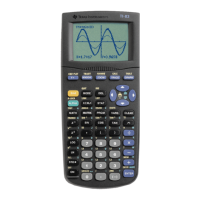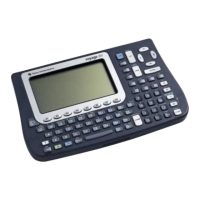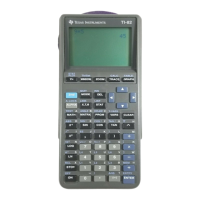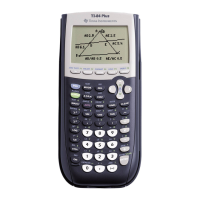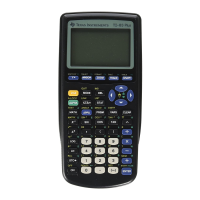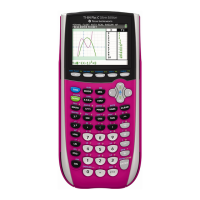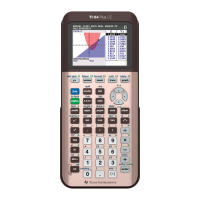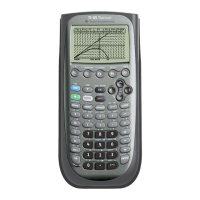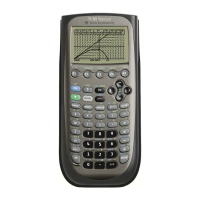1-8 Operating the TI-80
The arrow keys near the upper right of the keyboard control the movement of
the cursor. In normal entry, a keystroke types over the character or characters
at the position of the cursor. The
4
and
y
/
keys delete or insert
characters.
Key(s) Action(s)
9
or
6
Moves the cursor within an expression. These keys repeat
when you hold them down.
7
or
8
Moves the cursor between lines within an expression. These
keys repeat when you hold them down.
¦
On the top line of an expression on the Home screen,
7
moves the cursor to the beginning of the expression.
¦
On the bottom line of an expression on the Home screen,
8
moves the cursor to the end of the expression.
2
6
Moves the cursor to the beginning of an expression.
2
9
Moves the cursor to the end of an expression.
¸
Evaluates an expression or executes an instruction.
M
¦
On a line with text on the Home screen, clears (blanks) the
current line.
¦
On a blank line on the Home screen, clears everything on
the Home screen.
¦
In an editor, clears (blanks) the expression or value where
the cursor is located; it does not store a zero.
4
Deletes the character at the cursor. This key repeats.
y
/
Lets you insert characters at the underline cursor. To end
insertion, press
y
/
or a cursor key.
y
Next key press is a
2nd
operation (the gold-colored label
printed to the left above a key). The cursor changes to
. To
cancel
2nd
, press
y
again.
?
Next key press is an
ALPHA
character (the light gray
character to the right above a key). The cursor changes to
A
.
To cancel
ALPHA
, press
?
or a cursor key.
y
<
Sets
ALPHA-LOCK
; each subsequent key press results in an
ALPHA
character. The cursor changes to
. To cancel
ALPHA-LOCK
, press
?
.
@
Allows you to enter an
X
in
FUNC
mode or a
T
in
PARAM
mode without pressing
?
first.
The Edit Keys
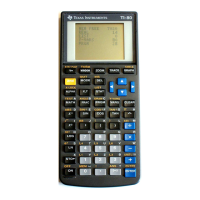
